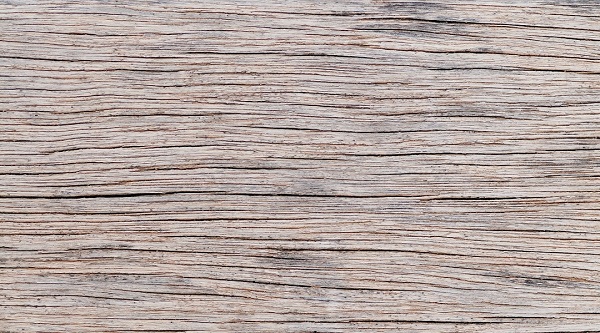Composites combine the desirable properties of several materials to exhibit enhanced physical, chemical, and mechanical properties that are different from their individual constituents. Some high-performance materials have been developed using this method.
In the automobile, marine, and aerospace industries, such composites play key roles as they provide light-weight, superior mechanical and corrosion-resistant properties. Among metal-based composites, low-density aluminum metal matrix composites are of particular interest.
NATURE-INSPIRED ALUMINUM COMPOSITE
Nature has many examples of composite materials, for example bones exhibit low density, high stiffness, and are very tough. Wood is likewise a naturally grown composite composed of stiff cellulose fibrils embedded in a matrix of hemicellulose and lignin.
Inspired by nature, researchers have developed an aluminum composite that is completely different from conventional composite materials, where designers usually choose harder materials embedded in a softer matrix to improve the strength. Commonly, materials like tungsten, carbon fiber, titanium, or ceramics are used to reinforce the matrix. Now, through a joint research project, the team produced a unique aluminum-based composite with a soft, low-density polymer reinforcement. Their findings were recently published in Advanced Engineering Materials.
WASTE POLYMER AS REINFORCEMENT
“The current work uses waste polymer as a reinforcement, which not only helps in recycling polymers, [but] also improves [the] mechanical properties of aluminum,” said Dr. Chandra Sekhar Tiwary from the Indian Institute of Technology. As such, they applied polyethylene terephthalate (PET), which we know as the material used to make plastics for water bottles, into the aluminum matrix through a scalable, solid-state mixing process.
“Aluminum and the polymer used in the current study are immiscible,” explained Tiwary. “We have to use a unique approach such as friction processing.” Using the friction stir processing technique, the researchers could double the ultimate strength, which was shown to increase at elevated temperatures, and demonstrated five-fold improvement in plasticity compared to non-reinforced aluminum.
“We are making such composites using more scalable and easy techniques so that we can increase the polymer content in the composite,” said Tiwary.

